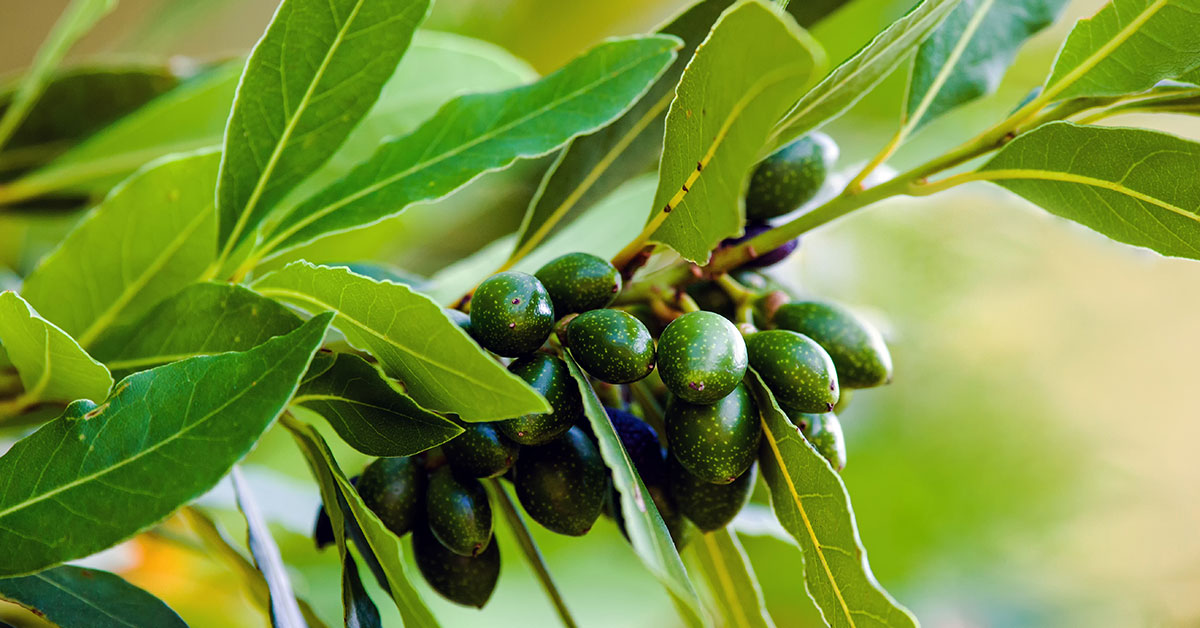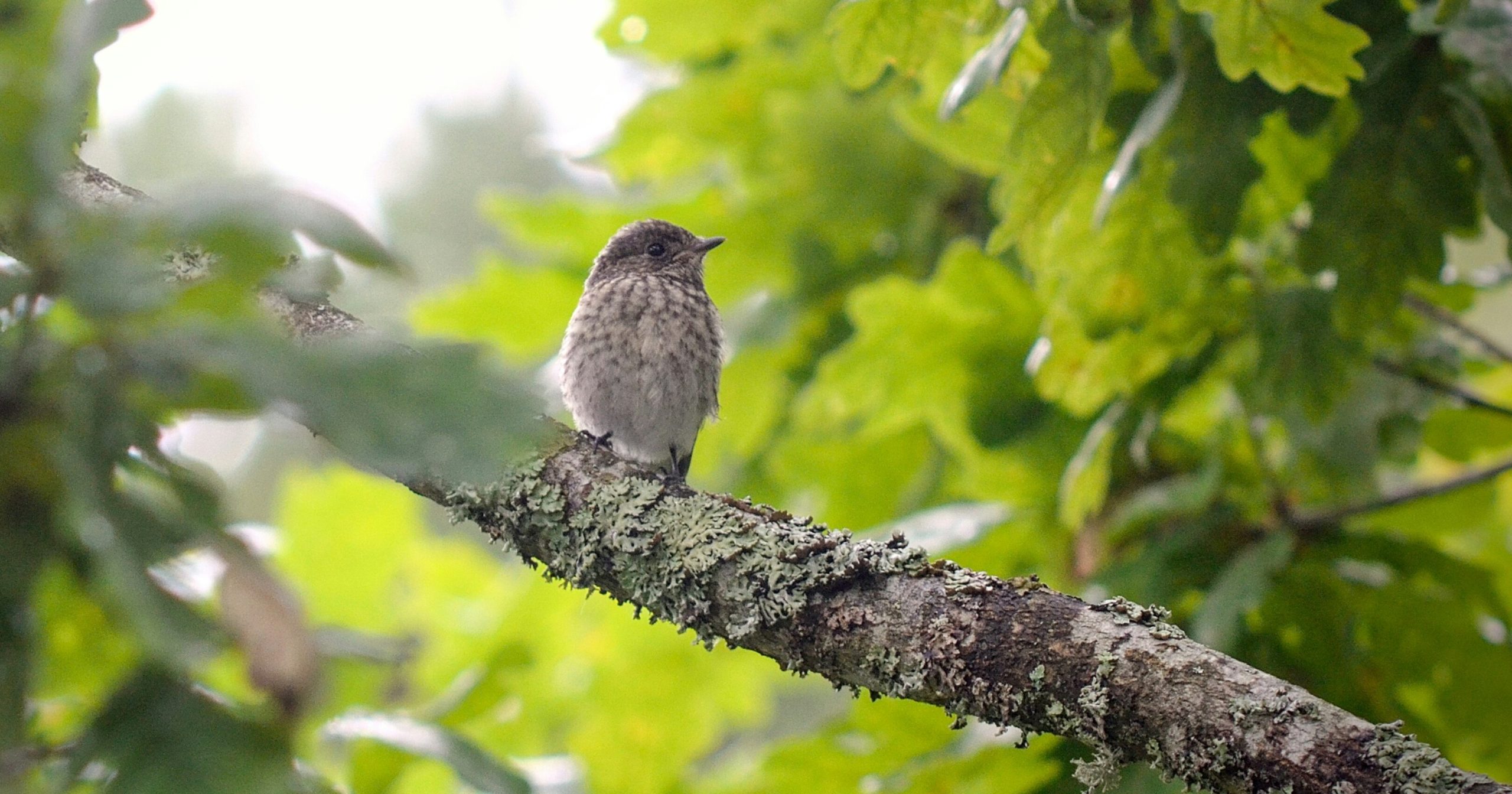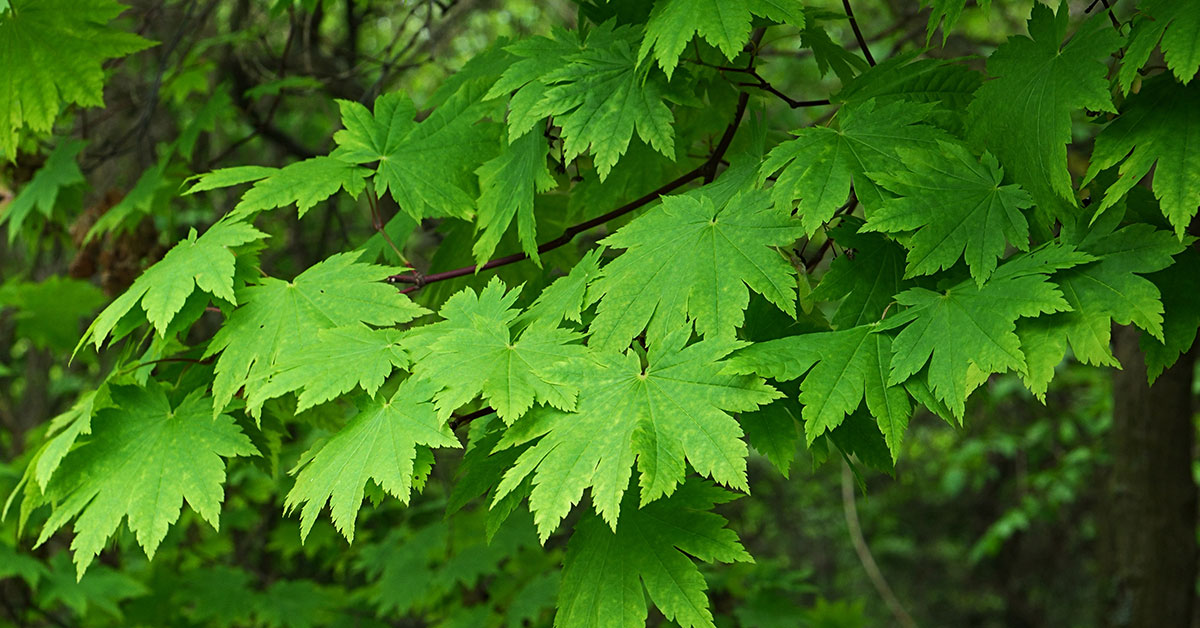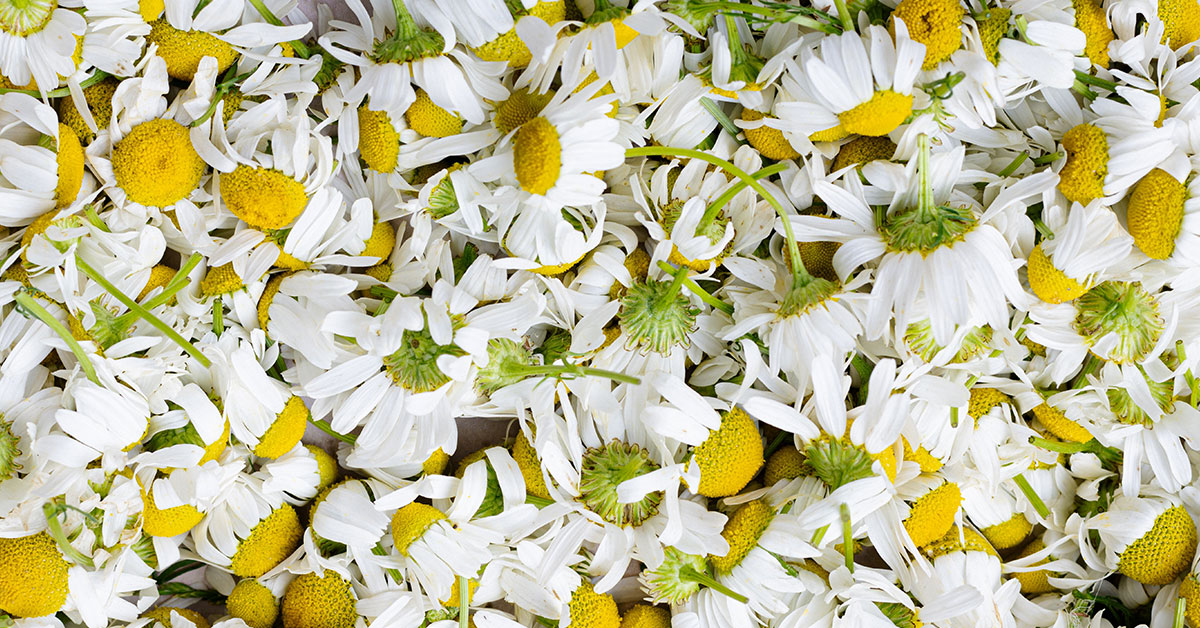Bay laurel (Laurus nobilis) is a small, evergreen tree that is native to the Mediterranean region. It is a member of the Laurel family (Lauraceae), and its leaves are widely used as a culinary herb in Mediterranean cuisine, particularly in French and Italian cooking. Bay laurel has a rich history, with mentions in Greek and Roman mythology, as well as being a symbol of victory in ancient Greece.
What is Bay Laurel?
Bay laurel (Laurus nobilis) is a small, evergreen tree or shrub that is native to the Mediterranean region. It is a member of the Laurel family (Lauraceae) and is widely cultivated for its aromatic and flavorful leaves, which are used as a culinary herb in Mediterranean cuisine.
The leaves of the bay laurel tree are commonly referred to as bay leaves and have a pungent, slightly bitter taste and a distinct aroma. Laurus nobilis is also used for medicinal and decorative purposes, and its oil is used in aromatherapy. The tree can grow up to 30 feet tall, but it is often kept smaller through pruning and is commonly grown as a small tree, a hedge, or in a container.
Bay laurel trees can grow up to 30 feet tall, but they are often kept smaller through pruning. They have glossy, dark green leaves that are lance-shaped and can be up to 4 inches long. The leaves have a distinct aroma and flavor, which is why they are used in cooking. The tree produces small, yellow flowers in the spring, which are followed by dark purple berries in the fall.
Uses for Bay Laurel
Bay laurel is a versatile plant that can be grown in a variety of settings. It can be grown as a small tree in a garden, in a container on a patio, or as a hedge. It prefers well-draining soil and full sun to partial shade. Laurus nobilis is also known for its tolerance to drought and salt, making it an excellent choice for coastal gardens.
One of the most notable uses of bay laurel is as a culinary herb. The leaves are used fresh or dried, and they add a distinct flavor to dishes. Bay leaves are often used in soups, stews, sauces, and marinades. They are also a common ingredient in traditional herb blends such as bouquet garni, which is used to flavor stocks, and herbes de Provence, which is used in French cuisine. Bay leaves can also be used to flavor vinegar or oil.
In addition to its culinary uses, Laurus nobilis has been used for medicinal purposes for centuries. The leaves are known for their anti-inflammatory and antioxidant properties and have been used to treat respiratory infections, digestive problems, and arthritis. Bay laurel oil is also used in aromatherapy for its relaxing properties.
Growing and Caring for Bay Laurel
Bay laurel is a relatively low-maintenance plant that is relatively easy to grow. Here are some tips for growing and caring for bay laurel:
- Location: It prefers full sun to partial shade and well-draining soil. It can tolerate a variety of soil types but prefers slightly acidic to neutral soil.
- Watering: It prefers regular watering, but it is important to avoid overwatering, which can lead to root rot. Water the plant when the soil feels dry to the touch, but do not let the soil dry out completely.
- Fertilizing: This shrub does not require a lot of fertilizing, but you can fertilize it once or twice a year with a balanced fertilizer.
- Pruning: It can be pruned to maintain its shape and size. It is best to prune in the spring before new growth starts. You can also prune in the fall after the leaves have fallen.
- Pests and diseases: Bay laurel is relatively pest and disease-free, but it can be susceptible to scale, mealybugs, and spider mites. You can control these pests by using insecticidal soap or neem oil.
- Propagation: This herb can be propagated from cuttings taken in the summer. The cuttings should be dipped in rooting hormone and planted in well-draining soil. Keep the soil moist and the cutting in a warm, bright location until roots form.
- Harvesting: The leaves of the Laurus nobilis tree can be harvested year-round, but they are most flavorful in the summer. To harvest, simply pick the leaves off the tree and use them fresh or dry them for later use.
In summary, bay laurel is a versatile and easy-to-care-for plant that is perfect for both culinary and decorative purposes. With the right location, watering, pruning, and pest control, your bay laurel tree can thrive and provide you with delicious and aromatic leaves year-round.
Symbolism
Bay laurel is also considered a symbol of success and victory. In ancient Greece, wreaths made from Laurus nobilis leaves were given to athletes, soldiers, and scholars as a symbol of honor and achievement. The tradition continues today, with bay leaf wreaths being used as decorative elements in homes and businesses.
Bay laurel is a versatile plant that has a rich history and a wide range of uses. Its leaves are a popular culinary herb, and the tree itself is a beautiful addition to any garden. Laurus nobilis also has medicinal properties and is considered a symbol of success and victory. If you’re looking for a plant that can serve many purposes, bay laurel is an excellent choice.












